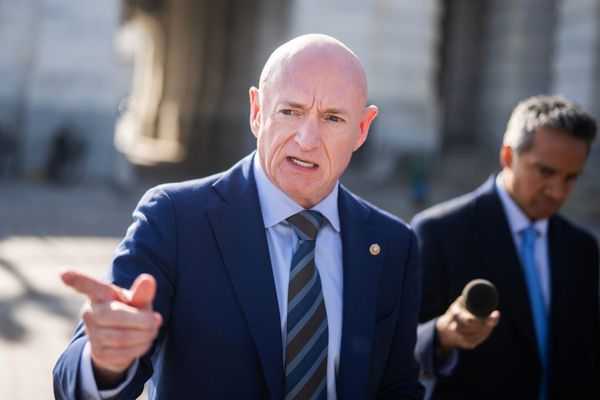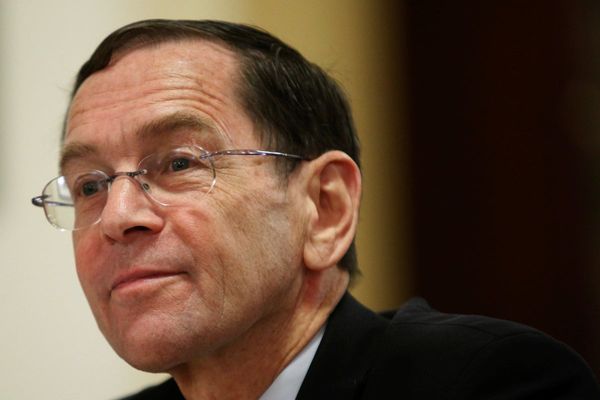GUWAHATI
The bid to safeguard biodiversity by almost doubling protected areas across the globe will hit India’s tribal population the hardest, warned experts at a symposium on the rights of indigenous communities organised by the University of Arizona in the United States on March 22.
Indigenous peoples across the world will suffer if the U.N.’s Kunming-Montreal Global Biodiversity Framework pursues and achieves its target of increasing protected areas from the current 16% to 30% of the world’s terrestrial area.
Also read | Fight against bauxite mining in Odisha: the view from the hill
The Scheduled Tribes in India will bear the brunt of this expansion, as 89 of the 106 notified national parks in the country were established in areas that they lived. This means that 84% of protected areas in India overlap with tribal areas, New Delhi-based rights activist Suhas Chakma said at the symposium on ‘Conservation, Racism, and Indigenous Peoples’ Human Rights’.
Disproportionate impact
Of the remaining 17 national parks, South Button Island National Park and Rani Jhansi Marine National Park – both in the Andaman and Nicobar Islands – are in marine areas, and do not have any human habitation. Four others (Van Vihar, Kasu Brahmananda Reddy, Mahaveer Harina Vanasthali, and Salim Ali) are zoos, while four others (Col. Sherjung Simbalbara, Neora Valley, Singalila, and Fossil) also have some tribal populations. On the other hand, people belonging to the general category have only been affected by seven national parks, Mr. Chakma said.
“That the STs who constitute about 8.6% of the total population of India also account for 84% of the communities impacted by the protected areas, reflects the disproportionate targeting of indigenous peoples for saving the world’s biodiversity and ecosystem. Worse, their lifestyles and livelihood practices have been criminalised from the colonial times with legislations such as the Forest Act of 1927,” said Mr. Chakma, the regional campaign manager of a global initiative on indigenous peoples affected by protected areas.
No-win situation
Such criminalisation was evident from the withdrawal of more than 48,000 cases against tribal people relating to excise (making country liquor), forest offence, and land encroachment by the Odisha government in February, he added.
“The current expansion of protected areas such as Kumbhalgarh Wildlife Sanctuary in Rajasthan or Nauradehi Sanctuary in Madhya Pradesh mainly impact the STs and other forest dwellers,” said Mr. Chakma. “Assam’s notification for the Barak Bhuban Wildlife Sanctuary on June 19, 2022 states that the area is free from encroachment and there are no rights and concessions of any person in the area. But the indigenous Khasi people living inside the proposed sanctuary have records of inhabiting the area since 1914,” he added.
“If indigenous peoples win the right to stay inside the protected areas, they live with restricted freedom of movement, little or no access to development initiatives, excessive surveillance, sexual violence, and criminal cases for forest offences, poaching, etc. If they accept relocation, the world simply has not seen a single successful case of rehabilitation and resettlement,” Mr. Chakma said.
Human rights violations
Participants at the symposium pointed out that, across Asia, indigenous peoples face massive human rights violations in protected areas. In the Ujungkulon National Park of Indonesia, indigenous peoples are denied the right to proper housing, health, education, electricity, and security. In Cambodia, indigenous leader Heng Saphen, living inside the Beng Per Wildlife Sanctuary, was convicted by a kangaroo court for cultivating on her own land.
The symposium also took note of Cambodia’s Botum Sakor National Park, whose forest cover was reduced to 18% due to logging by July 2023, two years after the park was handed over to a private investment firm.
Performing for tourists
The increasing privatisation of the protected areas in the name of ecotourism and sustainable ecotourism was the most serious emerging challenge to the existence of the indigenous communities, it was underlined at the symposium.
“The indigenous peoples at expensive ecotourism spots have been reduced to sitting in traditional replicas of their homes in traditional attires and ornaments, playing musical instruments, and at times, performing traditional music and dances until the tourists depart. More often than not, indigenous peoples are projected like animals in a zoo in many of the ecotourism spots,” Mr. Chakma said.







